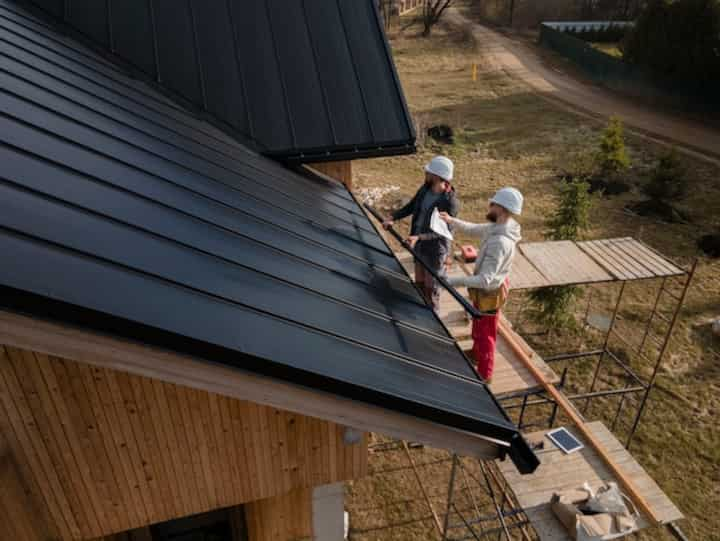
Enhance Your Roofs Longevity with Waterproof Roof Coating
The roof is a critical component of any building, providing protection against various environmental elements. However, over time, exposure to harsh weather conditions can lead to wear and tear, compromising the roof's integrity. One effective method to extend the lifespan of a roof is the application of a waterproof roof coating. This approach not only enhances durability but also provides additional benefits that contribute to the overall sustainability and efficiency of any structure.
Understanding Waterproof Roof Coating
Waterproof roof coating is a protective layer applied to the roof surface to prevent water penetration. It is particularly beneficial in areas prone to heavy rainfall or snow, providing an additional barrier against moisture infiltration. The coating is typically made from a variety of materials, including acrylic, silicone, or polyurethane, each offering unique benefits.
Benefits of Waterproof Roof Coating
- Extended Roof Life: By protecting the roof from water damage, the coating extends the lifespan of the roof, reducing the need for frequent repairs.
- Energy Efficiency: Many roof coatings have reflective properties that reduce heat absorption, thus lowering cooling costs during hot weather.
- Environmental Impact: Prolonging the life of a roof reduces waste and the need for new materials, contributing to environmental sustainability.
- Cost-Effective: While the upfront cost of applying a roof coating can be substantial, it is often offset by the reduction in repair and energy costs over time.
Types of Roof Coatings
There are several types of roof coatings available, each with specific properties and advantages. Choosing the right type depends on the roof material, climate, and specific needs of the building.
Acrylic Roof Coatings
- Water-based and environmentally friendly.
- Offers excellent UV protection and reflectivity.
- Ideal for areas with moderate climates.
Read more about this topic here.
Silicone Roof Coatings
- Highly resistant to moisture and ponding water.
- Maintains elasticity in extreme temperatures.
- Suitable for areas with heavy rainfall.
Learn more in this detailed guide here.
Polyurethane Roof Coatings
- Offers superior impact resistance and durability.
- Available in both aromatic and aliphatic varieties, with aliphatic offering better UV resistance.
- Preferred for high-traffic roof areas.
Explore further insights here.
Application Process of Roof Coatings
The application of roof coating typically involves several steps, ensuring that the surface is adequately prepared and the coating is applied correctly for optimal effectiveness.
Preparation
- Thoroughly clean the roof surface to remove dirt, debris, and any existing coatings.
- Repair any damages such as cracks or holes to ensure a smooth application.
- Conduct a roof inspection to assess the condition of the roof. Find additional information here.
Application
- Apply the coating using a brush, roller, or spray, depending on the roof surface and coating type.
- Ensure even coverage, paying special attention to seams and joints.
- Allow adequate drying time as specified by the manufacturer.
Conclusion
Implementing a waterproof roof coating is a proactive measure to protect and extend the life of a roof. By selecting the appropriate type of coating and following a meticulous application process, building owners can enhance their roof's performance and longevity. For those considering this investment, conducting a professional roof inspection is an essential step in determining the most suitable solution. Learn more about how regular inspections can aid in maintaining a robust roofing system.